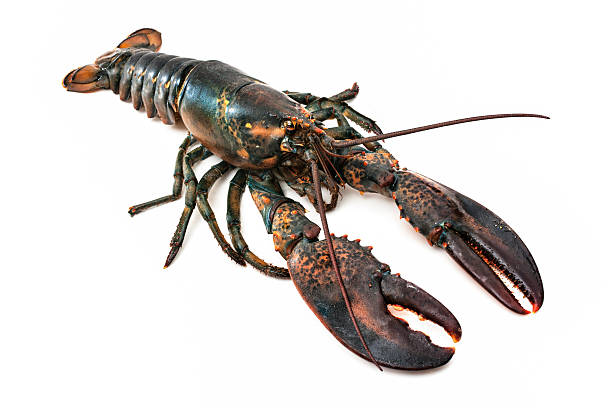Lobster

The Northeast U.S. region contains some the nation’s oldest commercial fisheries and some of the most valuable fisheries, including the American lobster. Management relies on stock assessment to set harvest target and maintain a health stock of lobsters. Conventionally, Traditional stock assessment takes the fishery-independent scientific survey on population abundance as true. It is recognized there is a monotonic linear relationship between abundance index (from scientific survey) with the underlying unknown population abundance. The unknown population abundance is normally modeled as the change of the stock is linearly related to stock growth (positively) and catch (negatively), in which the stock growth function is often nonlinear. The purpose of the stock assessment then is to find parameters in the growth function and the linear relationships to maximize the likelihood of scientific survey observation.
This method for stock assessment is fine if (1) the scientific survey sites represent the fishery and (2) the scientific survey samples capture environmental changes over time. However, in the lobster fishery, the two conditions may not satisfy. There are various mechanisms that may cause the fishery-dependent survey inferred stock abundance as different from fishery-independent survey inferred abundance in this context. First, fishermen tend to fish at where they think (or actually) there are more lobsters; second, survey sites do not update promptly as climate change dislocate species.
The objective of the project is to develop novel methods to detect potential discrepancies between abundances inferred from fishery-independent survey and fishery-dependent survey. One of the goals is to explore methods that can be used to detect bias in fishery-independent survey.
We will connect data from fishery-independent and fishery-dependent surveys on the Southern New England stock. We will employ state-of-the-art models (Thorson 2018, Xu et al. 2019) to obtain abundance estimates from each side of the surveys. Ultimately, we will explore novel methods for bias detection.
Fund This Project
Contact:
development@whoi.edu
Marine (Yaqin) Liu: yaqliu@whoi.edu
Related Links and File
References:
Thorson, J. T. (2018). Three problems with the conventional delta-model for biomass sampling data, and a computationally efficient alternative. Canadian Journal of Fisheries and Aquatic Sciences, 75(9), 1369-1382.
Xu, H., Lennert-Cody, C. E., Maunder, M. N., & Minte-Vera, C. V. (2019). Spatiotemporal dynamics of the dolphin-associated purse-seine fishery for yellowfin tuna (Thunnus albacares) in the eastern Pacific Ocean. Fisheries research, 213, 121-131.